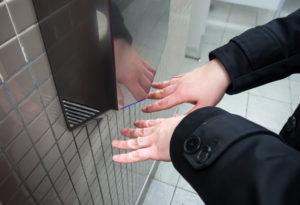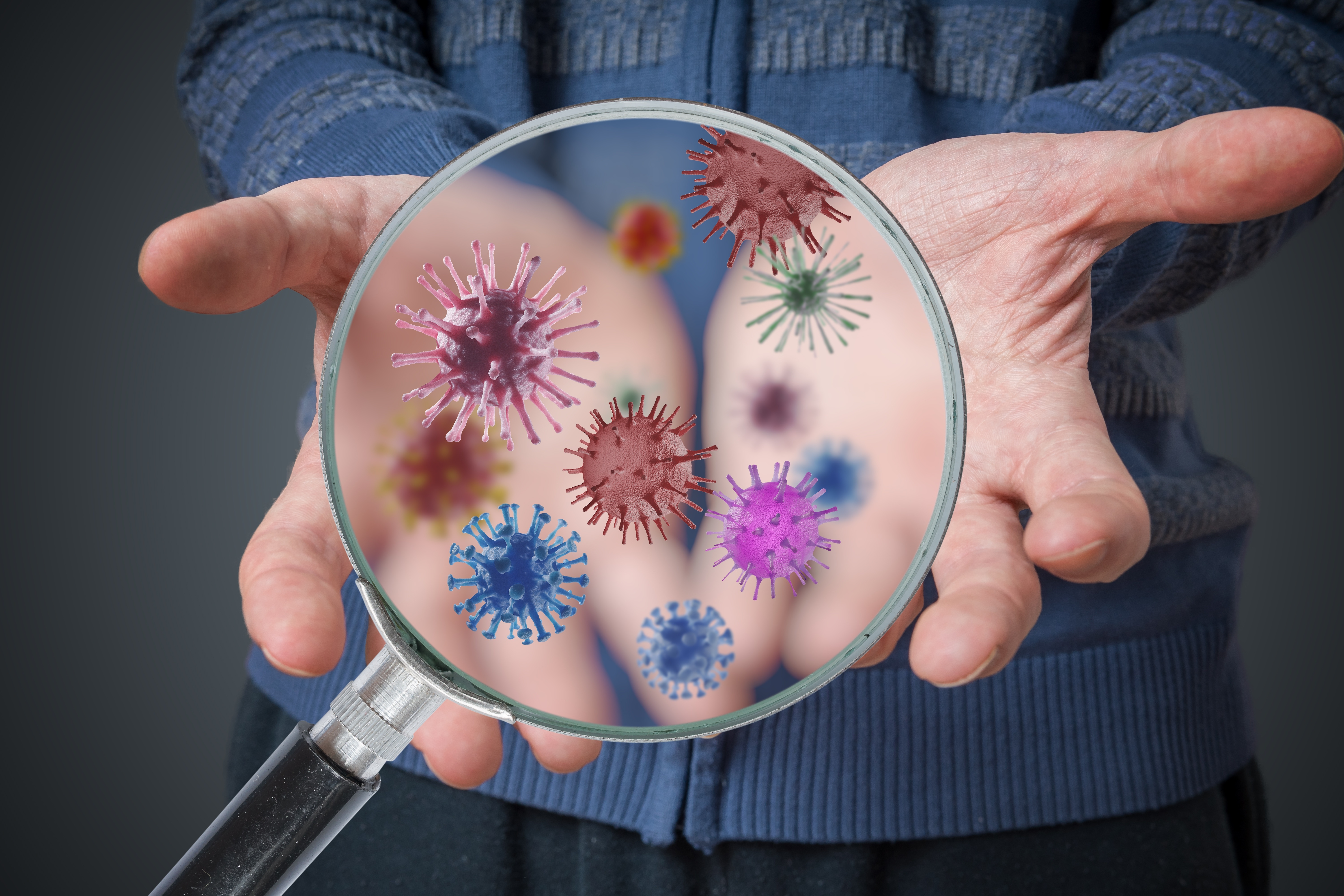Almost everyone has spilled food on the floor and still have the desire to pick it and eat it. When you drop the food, you’ll probably hear someone yell “5-second rule!” This is a “rule” that says the dropped food is safe for consumption if you pick it up in five seconds or less. The rule is among the many myths of microbe prevention.
The five-second rule
 Microbes are harmful bacteria. The basic rules to observe to prevent bacteria include washing your hands frequently after touching surfaces, washing hands before eating or handling food, cooking food to proper temperatures, and storing leftovers properly.
Microbes are harmful bacteria. The basic rules to observe to prevent bacteria include washing your hands frequently after touching surfaces, washing hands before eating or handling food, cooking food to proper temperatures, and storing leftovers properly.
Scientists have tested the rule, and unfortunately, the rule is not true. Bacteria can attach itself on food super-fast. The big question to ask yourself is will the dropped food contain sufficient bacteria to make you sick? The answer to this is yes, and that’s why you shouldn’t eat the food that has spilled on the floor.
Myths about microbe prevention of food
Food safety is an essential way of preventing microbes and bacteria. There are ways you can fight germs proved by nutritionists. There are however some myths about food safety concerning fighting microbes. Some of the myths include;
Cross contamination doesn’t occur in the refrigerator
The myth is backed by thinking that the temperatures in the fridge are too low for germs to survive. It is wrong since some bacteria can survive in moist and cold environments. A good example is Listeria Monocytogenes which grows at temperatures lower than 35.6F.
I don’t need to rinse fruits that I eat on the inside
Sure, you will not eat the rind of a watermelon. Unfortunately, there are ways for bacteria on the outside of the fruit to contaminate the portion you will eat. Also, the peel touches the edible portion meaning that there is a likelihood of you consuming the pathogens.
Leftovers are safe to consume until they smell bad
The smell will never be an indication of whether food is safe to eat or not. There are types of bacteria that result in foodborne illness but does not affect the appearance, taste, or smell of food. Always toss leftovers within three or four days even if they smell or look fine.
Microwaved food kills bacteria
At some point, the food that your microwave is safe for consumption. The heat generated is responsible for killing bacteria in food. However, there are chances that food can cook unevenly because the food may vary in thickness. When heating the food, ensure you turn the food to heat the cold spots that may be home to bacteria.
Apart from the food safety myths, there are widespread myths about microbes. The following are some of the highlighted examples of myths on bacteria.
Hand sanitizers
Many people carry hand sanitizers around just in case they get their hands dirty. The manufacturers of these hand sanitizers advertise that their products remove 99% of microbes. Unfortunately, they are not effective compared to washing your hands with soap and running water.
Hand dryers
 After using the washroom, you’ll probably wash your hands and dry them using a hot-air hand dryer. It may seem like an effective way of wiping your hands, but the dryer is blowing bacteria on your hands. Recent pieces of research show that hand dryers increase the number of bacteria on your hands by fivefold. It also brows it more than 3 feet around you.
After using the washroom, you’ll probably wash your hands and dry them using a hot-air hand dryer. It may seem like an effective way of wiping your hands, but the dryer is blowing bacteria on your hands. Recent pieces of research show that hand dryers increase the number of bacteria on your hands by fivefold. It also brows it more than 3 feet around you.
Restaurant menus
Taking precaution to what you eat or drink may not be enough to reduce the risk of getting illnesses caused by bacteria. The plastic menus in restaurants are host to several bacteria. Scientists show that about 3 million bacteria get transferred to hands from the plastic menus.
Lemon juice and ice cubes
Many of us think that acid from a lemon slice and the ice dropped in our drinks makes the drink safe and reduces contaminating microorganisms. Research shows that both the ice and the lemon juice can carry potentially harmful bacteria. Squeeze the lemon just but do not put the lemon slice in your water.
Conclusion
Bacteria is floating around us all the time. Avoiding it can sometimes be a challenge. However; by knowing these myths, you will be on the right path of preventing illnesses caused by microorganisms.


